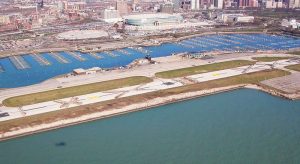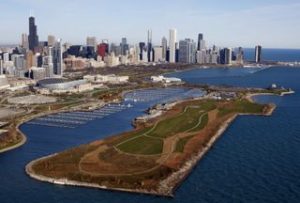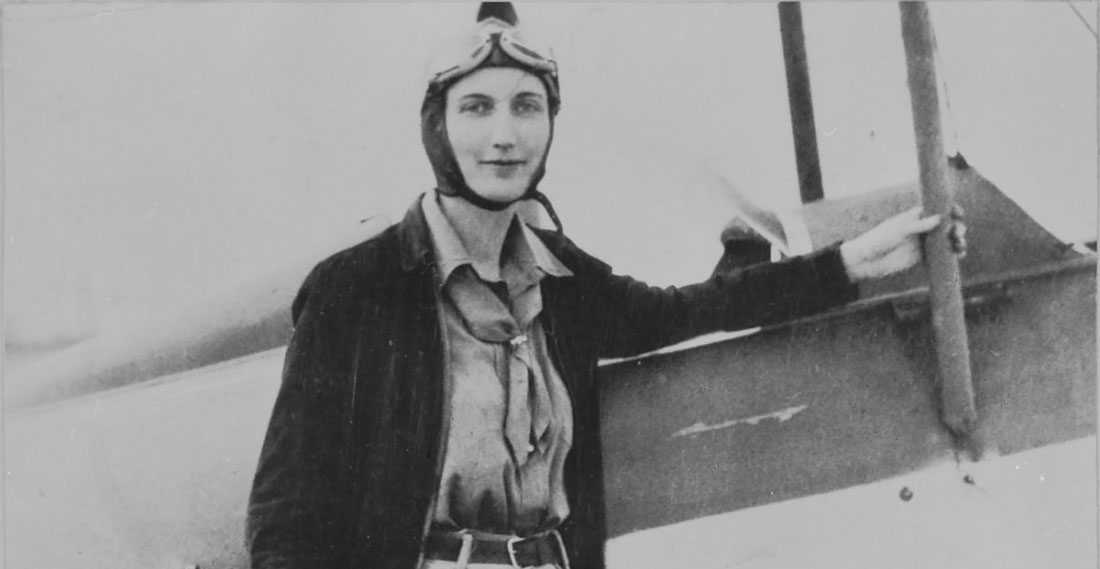14 Years Ago Today, One of the Countries Most Valuable Airports Was Secretly Demolished, Stranding the GA Aircraft at the Field
Under cover of darkness, city crews crept onto Meigs Airfield in Chicago, gouging X’s into the runway, and scattering equipment across taxiways at the Mayor’s command, stranding the 16 private aircraft parked there with nowhere to go.
Leading Up to the Destruction of Meigs Field
Anyone who has used virtual flight training software has likely “flown” to or from Meigs Field, as it had been the default airstrip used in all Microsoft Flight Simulators until 2004, the year after Mayor Daley of Chicago committed what AOPA called “a reprehensible action” and a betrayal of the pilots of America.1
In 1994, nearly 10 years prior to Mayor Richard Daley’s midnight attack on general aviation, he announced plans to close the airport and build a park in its place. Two years later, the city of Chicago (which owned the airport, stationed on Northerly Island) refused to renew its lease, and it was temporarily closed for a year until public outcry and governmental intervention caused it to reopen.
The legal battles that spanned the next few years resulted in a 2001 compromise between local and state governments which would allow the airport to remain open for the next 25 years. Unfortunately, the federal legislation component of the compromise never passed the US Senate; something that Mayor Daley would use to excuse his crime.
March 31, 2003: Bulldozing Meigs Field

Daley, who began his term in 1989 and served until 2011, decided that one of his first moves after being reelected would be secretly ordering the destruction of Meigs Field, disregarding the compromise reached after three years of negotiations.
Just before midnight on March 30th, 2003, transport trucks carrying loads of construction equipment crept onto Meigs Field with a police escort, and proceeded to gouge six large X’s into the only runway without telling the FAA, and stranding all the aircraft at the field.2 The state governor Rod Blagojevich and the city’s 50 members of the municipal council weren’t consulted or informed until the airport had been demolished.
The following morning at a press conference, Daley tried to convince the press that this was done for the purpose of homeland security, despite the fact that the Department of Homeland Security was reportedly made aware of his intention to close the airport a mere five minutes before the public announcement.3 Additionally, Daley erroneously claimed that the airport was abandoned, knowing that in fact, the Chicago Fire Department had aircraft stationed there, as well as the many private aircraft now stranded.
Outcry and Dismay from Pilots Everywhere
AOPA’s president at the time, Phil Boyer, immediately released a statement saying “Mayor Daley has no honor, and his word has no value. The sneaky way he did this shows that he knows it was wrong,” and asked, “During a period when the country is at war in the Middle East, why must the major of Chicago also play dictator with a most valuable airport and cause additional turmoil inside our own country?”
The FAA and other aviation groups pursued various legal avenues to try to save the airport and punish Major Daley and the city of Chicago for its actions. However, though the city had initially received grants to fund the building of the airport, they’d repaid them, and legally owned the airport. The FAA was unable to fine the city more than $33,000 (for closing an airport with a charted instrument approach without giving the required 30-day notice), the maximum fine allowed at the time. Eventually, the 16 aircraft stranded there were allowed to depart using a taxiway, after it was cleared.
In July of that year, a pilot heading to the EAA convention in Oshkosh had to make an emergency landing, and with no other options, landed on the grass next to the demolished Meigs Field. The plane received its necessary repairs, and the pilot continued onto Oshkosh, leaving animosity in his wake. Despite doing what the FAA said was “the correct thing,” Mayor Daley accused the pilot of intentionally landing there just to “embarrass” him. Daley refuses to comment on anything to do with Meigs Field to this day.
Time Passes, the Memory of Meigs Field Remains

Three years later, on September 17, 2006, the city of Chicago finally repaid the $33,000 they owed, as well as $1 million in misappropriated funds they had used to destroy the airfield and build the Northerly Island Park. Ironically, that $1 million was given to Chicago via the FAA Airport Improvement Program.
Within the last few years, Chicagoans who remember the destruction of Meigs Field gaze upon the brown, flat grassy expanse that used to be home to one of the most unique and recognizable airstrips in the United States, and wonder what became of Mayor Daley’s grandiose plans for Northerly Island Park.4 Looking at it myself, I imagine that if you just trim the weeds a little, it could make a fun grass airstrip to land on for picnics. Maybe one day.
All images are in the public domain.
References and Sources:
1 – Mayor Daley Bulldozes Chicago’s Meigs Field, AOPA, Retrieved 3-31-17
2 – The Day They Shut Down Meigs Field, Stephen Joiner, Air and Space Magazine, Retrieved 3-31-17
3 – Ridge ‘disappointed’ at Daley’s closing of Meigs Field, Frank James / John McCormick, Chicago Tribune, Retrieved 3-31-17
4 – 10 years after Daley’s Meigs Field raid, the makeover of Northerly Island is slow to take shape, Jon Hilkevitch and Kim Geiger, Chicago Tribune, Retrieved 3-31-17















1 Comment